
Festival Open House was visited by thousands of people, with a particular interest in new developments
Prague – Thousands of visitors flocked to various buildings and spaces in Prague that opened to the public over the weekend as part of the Open House festival. Organizers recorded over 53,000 visits, about half more than last year. This year’s highlights included the Vršovická Waterworks in Michle, the Art Garden in Nusle, and the ARA Palace. Michaela Pánková, one of the organizers, informed ČTK today.
During the weekend, people could explore places that are usually inaccessible, either because they are completely closed or serve as corporate headquarters and offices. In publicly accessible buildings, visitors received commentary that brought them closer to the familiar object. Nearly 80 buildings and spaces were open to the public as part of the festival. Among them were some government buildings, such as the Liechtenstein Palace, the Czernin Palace, and Petschkův Palace.
An accompanying program took place throughout the week, and according to Pánková, all events were fully booked. Visitors could participate in paddleboat cruises, guided walks, or film screenings on the topic of abandoned buildings right on the grandstand of the Great Strahov Stadium.
"Compared to last year, when the festival also took place on an alternative date, we are observing a renewed increase in attendance from the years before the pandemic," said festival director Andrea Šenkyříková. In 2019, the open buildings recorded 76,000 visits.
The biggest interest from visitors was in the Vršovická Waterworks, where queues formed from Saturday morning. "Daredevils could climb up to the 42-meter-high tower or descend into the underground reservoir and learn more about this technical cultural monument designed by architect Jan Kotěra, whose reconstruction is currently underway," described Šenkyříková.
According to the organizers, a big surprise for tourists and locals was the Art Garden in Nusle, which many of them did not know existed and would not have expected to find in that location. The ARA Palace also received a lot of attention. Many remember the functionalist palace at the corner of Perlová Street from the 1930s as the department store Perla. "The building offers stunning views from the terraces," added Pánková.
Among other locations, Pánková noted that there is consistently high interest in the International Hotel in Dejvice, where people can also view the tower and the underground shelter as part of the festival. People also traditionally visit Petschkův Palace, located in the city center, where the Gestapo was based during World War II.
The motto of this year’s festival was Architecture for All, and the building tours were intended for the general public, including people with visual and hearing impairments. Admission to all open buildings and locations was free without the need for prior registration.
This year, the organizers also commemorated the 150th anniversary of the birth of Jan Kotěra, the founder of Czech modern architecture. The festival thus made accessible several of Kotěra's significant Prague works, such as the Trmal Villa in Strašnice, the Laichter House in Vinohrady, and the aforementioned Vršovická Waterworks.
Open House Prague is part of the international network of Open House Worldwide festivals, which take place in over 45 cities around the world.
During the weekend, people could explore places that are usually inaccessible, either because they are completely closed or serve as corporate headquarters and offices. In publicly accessible buildings, visitors received commentary that brought them closer to the familiar object. Nearly 80 buildings and spaces were open to the public as part of the festival. Among them were some government buildings, such as the Liechtenstein Palace, the Czernin Palace, and Petschkův Palace.
An accompanying program took place throughout the week, and according to Pánková, all events were fully booked. Visitors could participate in paddleboat cruises, guided walks, or film screenings on the topic of abandoned buildings right on the grandstand of the Great Strahov Stadium.
"Compared to last year, when the festival also took place on an alternative date, we are observing a renewed increase in attendance from the years before the pandemic," said festival director Andrea Šenkyříková. In 2019, the open buildings recorded 76,000 visits.
The biggest interest from visitors was in the Vršovická Waterworks, where queues formed from Saturday morning. "Daredevils could climb up to the 42-meter-high tower or descend into the underground reservoir and learn more about this technical cultural monument designed by architect Jan Kotěra, whose reconstruction is currently underway," described Šenkyříková.
According to the organizers, a big surprise for tourists and locals was the Art Garden in Nusle, which many of them did not know existed and would not have expected to find in that location. The ARA Palace also received a lot of attention. Many remember the functionalist palace at the corner of Perlová Street from the 1930s as the department store Perla. "The building offers stunning views from the terraces," added Pánková.
Among other locations, Pánková noted that there is consistently high interest in the International Hotel in Dejvice, where people can also view the tower and the underground shelter as part of the festival. People also traditionally visit Petschkův Palace, located in the city center, where the Gestapo was based during World War II.
The motto of this year’s festival was Architecture for All, and the building tours were intended for the general public, including people with visual and hearing impairments. Admission to all open buildings and locations was free without the need for prior registration.
This year, the organizers also commemorated the 150th anniversary of the birth of Jan Kotěra, the founder of Czech modern architecture. The festival thus made accessible several of Kotěra's significant Prague works, such as the Trmal Villa in Strašnice, the Laichter House in Vinohrady, and the aforementioned Vršovická Waterworks.
Open House Prague is part of the international network of Open House Worldwide festivals, which take place in over 45 cities around the world.
The English translation is powered by AI tool. Switch to Czech to view the original text source.


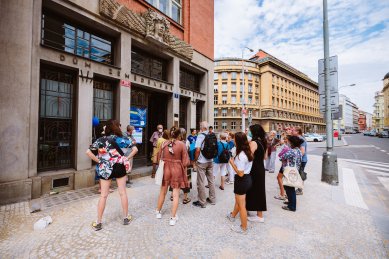
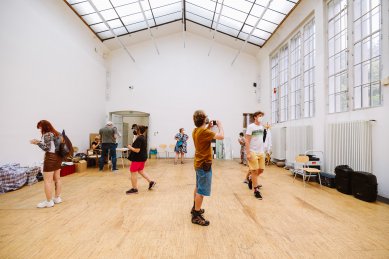
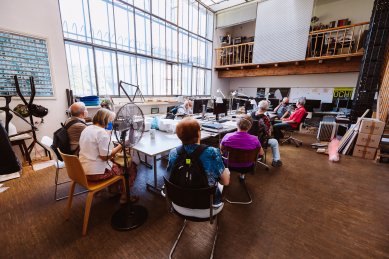
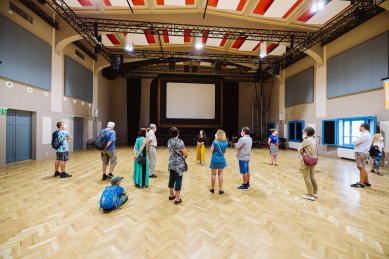

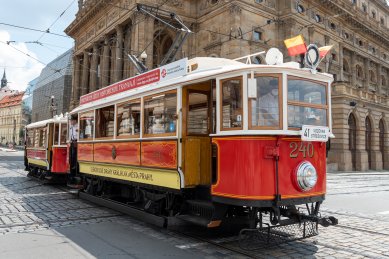
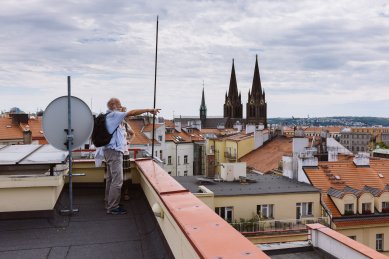
0 comments
add comment







